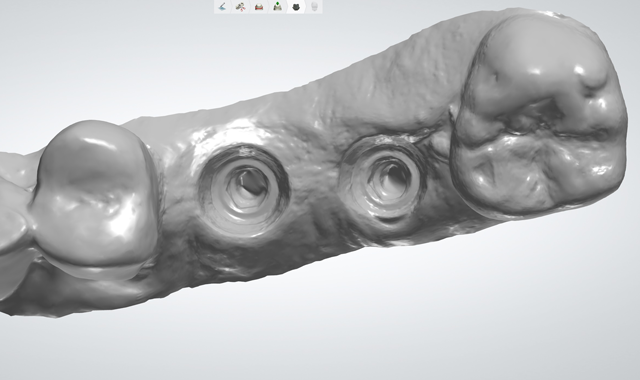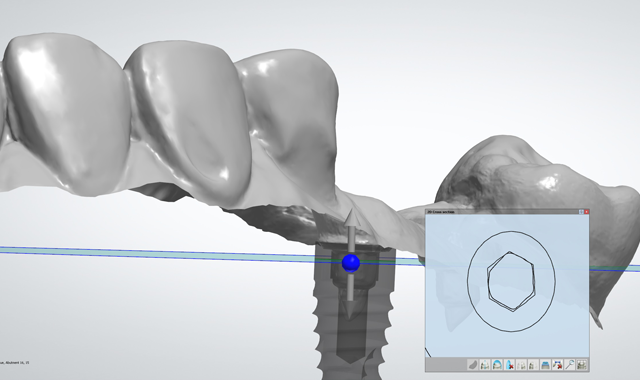7 MORE of the craziest impressions you've ever seen
Digital Esthetics looks at some more of the just plain weird impressions from dentistry.
In 2015, Digital Esthetics published an article on 10 of the craziest impressions we’d ever seen-and we were truly shocked at some of the bad, confusing and just plain weird impressions we saw!

Since that article, we’ve continued to be on the lookout for more shocking impressions. And it’s time to show you what we’ve found! One big takeaway is that traditional impressions are not alone in how crazy they are-as more dentists incorporate digital impression systems, we’re seeing more and more crazy digital impressions.
Read the article that started it all: 10 of the craziest impressions you've ever seen
The future of dentistry may be digital-and there are certainly plenty of advantages to intraoral scanning!-but that doesn’t change the fact that dentists and dental technicians still need training and a sense of artistry (not to mention patience) to get great results with digital tools.
So without further ado, here are 7 MORE of the craziest impressions we’ve ever seen, as told by members of our editorial advisory board.
Click the next button to get started ...

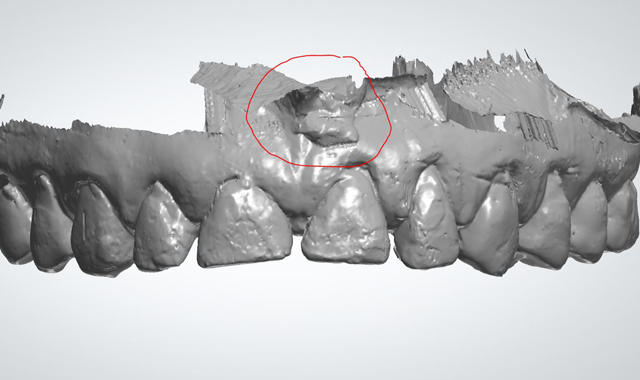
“If that’s what you want us to print … OK!”
Jason Atwood, CDT, Senior Digital Solutions Advisor of Core3dcentres, has this story to share: “We had a doctor send this to use to make some digital models for case planning … he wondered why we asked him for a new scan! We were able to patch up the holes and distortions using some third-party software (non-dental) and printed the models for him complete with the molar coming out of the palate!”



In which Elizabeth Curran states the obvious …
Digital Esthetics editor: “Is there a story behind this?”
Elizabeth Curran, CDT, RDT: “The story is, 'don't the docs look at what they send labs?' This is obvious.”

Why retraction matters
Adrienne Slevin, Digital Specialist/CAD Trainer, Dental Arts Laboratories, notes that it’s important for clinicians to remember that scanners aren’t designed to overcome every obstacle in the mouth: “There are times that margins can be very hard to identify if there is slurry on them during the scanning process. The camera will not retract, so anything on the margins will come into dental CAD software as a solid. This type of issue will cause discrepancies in the margin area-the margins will likely be open. A couple of helpful tips are: Double pack chord and remove just the top chord before scanning the preparation area; and you may use Traxodent or a similar hemostasis and retraction material.”


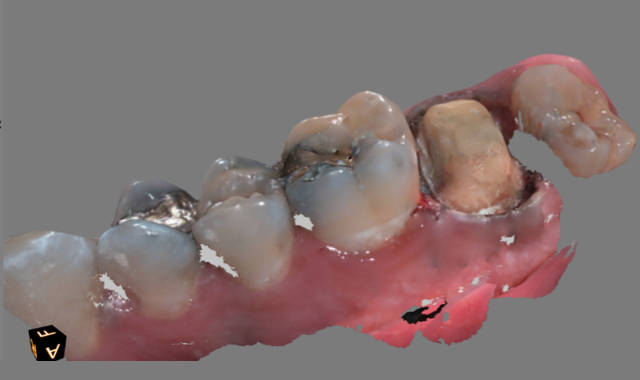
When data goes missing …
Adrienne Slevin, Digital Specialist/CAD Trainer, Dental Arts Laboratory on a case where a missing data was the culprit: “Clinicians like to see broad contacts; in this particular case, we see the entire mesial of number 1 missing in the scan, making it impossible to design a crown with an accurate contact. This will cause either too tight contacts or open contacts. This can be a difficult area to capture, but one method used to achieve this area of data is to angle the scanner perpendicular or cross arch and then rotate it distally to fill in this area.”
When there’s more tongue than teeth
Justin Marks, CDT, CEO of Arfona, explains what happened to one poor patient: “The doctor had asked us to start on a new full lower denture case and sent preliminary impressions to fabricate custom trays. I’m normally pretty liberal when it comes to accepting preliminary impressions, since a lot of factors can be corrected in the final impression when custom trays are used. But even those tolerances have a threshold, and there was no way that we would have been able to use this impression. Right there smack in the middle of it was a perfect impression of the patient’s tongue. There was more tongue in the impression than alveolar ridge and no way that we would have been able to trim away the interference to fabricate even a custom tray. When we asked for a new one we got the usual ‘well, it’s hard to get the patient in again, just see what you can do with that one.’ We had similar issues with this dentist in the past and they were also notorious for letting their account go past due. This was the final straw so we sent back the case and haven’t worked with them since.”



Playing the guessing game
Adrienne Slevin, Digital Specialist/CAD Trainer, Dental Arts Laboratory, talks about what happens when too much data comes through: “In this scan, on teeth numbers 20 and 21, there is a visible second layer of data causing an inaccurate representation of the opposing model. This type of problem may appear when the data is not meshing properly. It is always the best to delete the area and rescan this. A scan sent to the laboratory like this can cause a major misconception when designing the crowns. The laboratory may adjust the opposing to lower it; however, it would be a guessing game. The crowns would possibly be made too far out or in occlusion and there would be no reliable way to check jaw movements.
Fig. 2

“In the same case on the opposite side of the arch (Fig. 2, left) we can see that the bite is incorrectly matched. This type of problem can be prevented by taking occlusal registration scans in the posterior of both sides of the arch.”


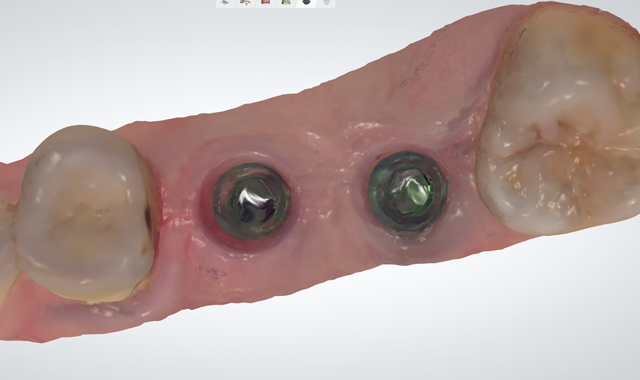
A crazy GOOD impression
Mark Ferguson, General Manager at Vulcan Custom Dental, took a slightly more positive spin on the notion of a “crazy impression”: "This is taking the idea of a crazy impression in a different direction. This was a crazy good intraoral scan (TRIOS) where the doctor got such a good scan the implant hex was actually captured relatively accurately. I have attached a few screen shots from the design software showing how well this was scanned. The crazy good four images shows the difference from the scan data to the implant hex from a file (More views of the scan below).
